Talk Overview
When an infectious disease outbreak happens, medical workers and public health officials mobilize, but there are also teams of researchers that snap into action. Dr. Tracey Goldstein and Dr. Koen Van Rompay are both actively involved in different initiatives to find answers surrounding the COVID-19 epidemic. They talk about the process of studying coronaviruses and other infectious diseases, the steps taken once an outbreak hits, and the ways in which this process could change for the better. The changing world we live in makes predicting outbreaks a challenge, but each one teaches us something new about how to understand and to respond to the next.
To find out more about our conversations with Dr. Goldstein and Dr. Van Rompay, you can read their extended interviews here:
Continuing the Conversation: Dr. Tracey Goldstein on One Health, Bats, and Looking Ahead
Continuing the Conversation: Dr. Koen Van Rompay on Vaccines and Animal Models

Please head to the Science Communication Lab’s website for more films like this along with educator resources, full video transcript, and most up to date content.
Speaker Bio
Tracey Goldstein

Tracey Goldstein is a Professor in the Department of Pathology, Immunology and Microbiology and Associate Director of the One Health Institute. Dr. Goldstein is Co-Principal Investigator and Pathogen Detection lead for PREDICT, a project of the USAID Emerging Pandemic Threats program. She oversees the One Health Institute Laboratory and the Marine Ecosystem Health Diagnostic and… Continue Reading
Koen Van Rompay

Koen Van Rompay is a veterinary researcher from Belgium, who completed his PhD at UC Davis. He is a Core Scientist in the Infectious Disease Unit at the California National Primate Research Center (CNPRC) at UC Davis. Dr. Van Rompay’s expertise is in nonhuman primate models of viral infections, most notably HIV and Zika virus,… Continue Reading
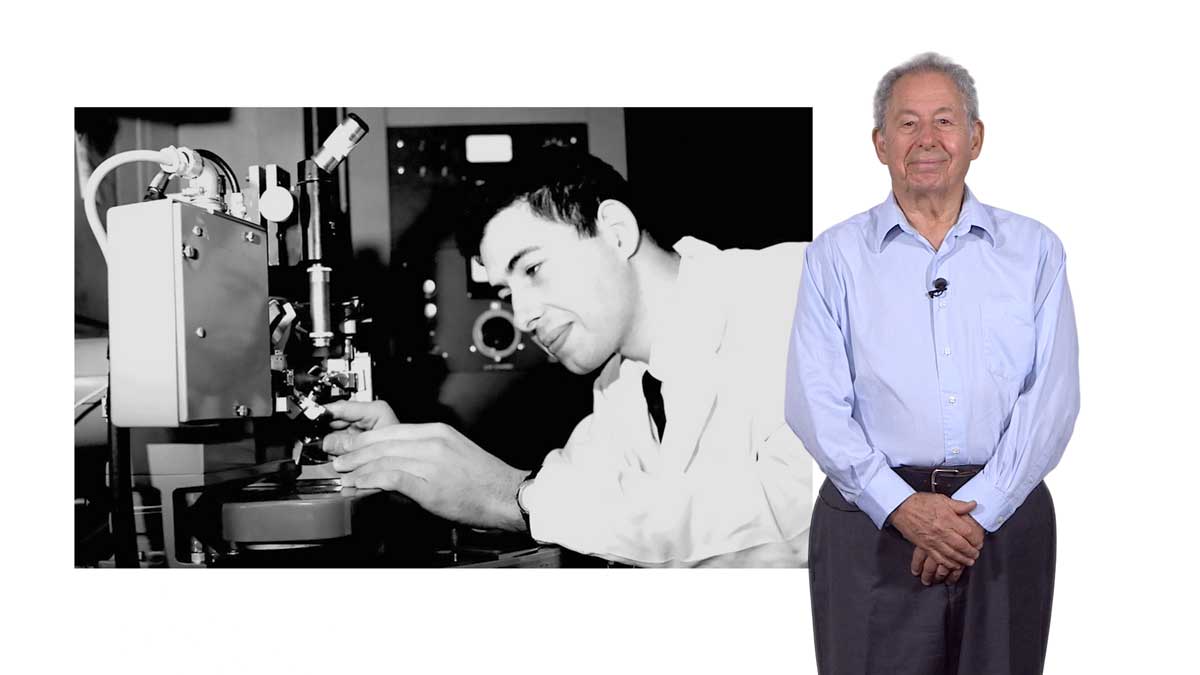
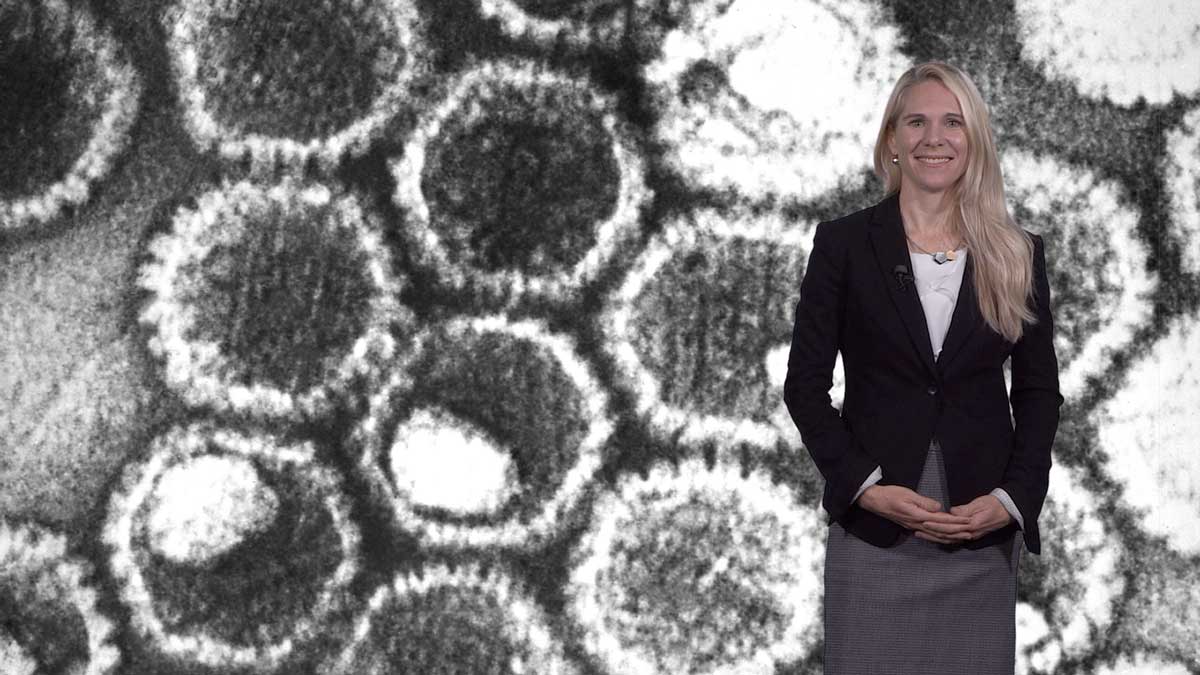
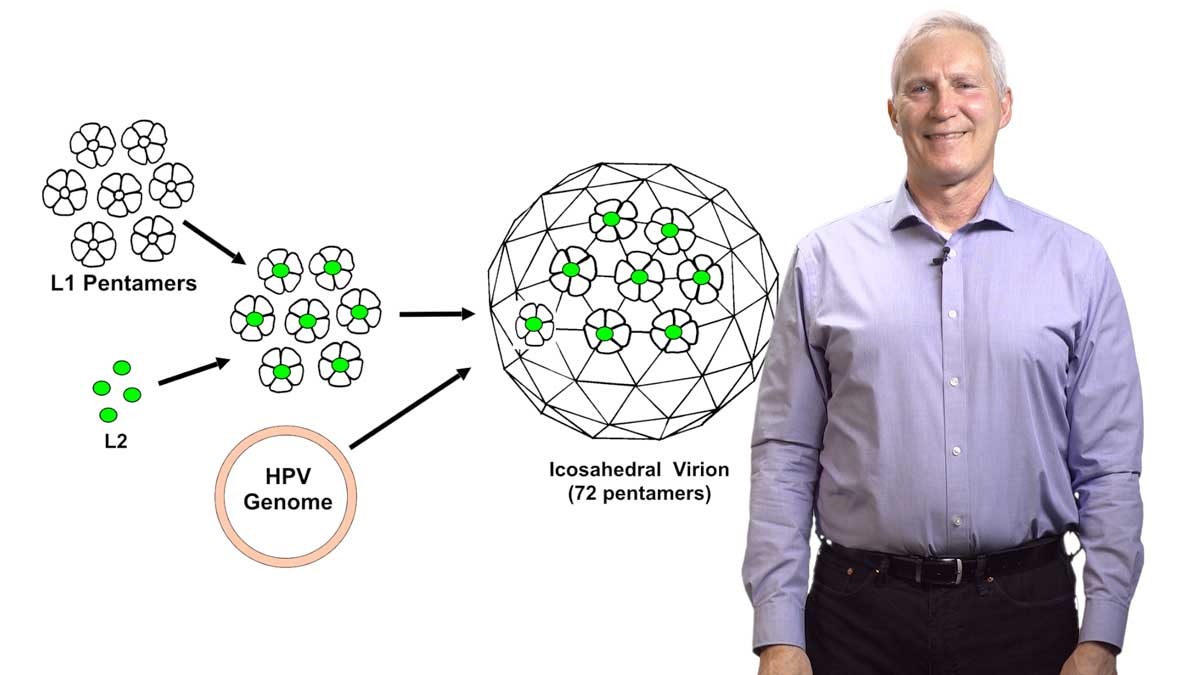
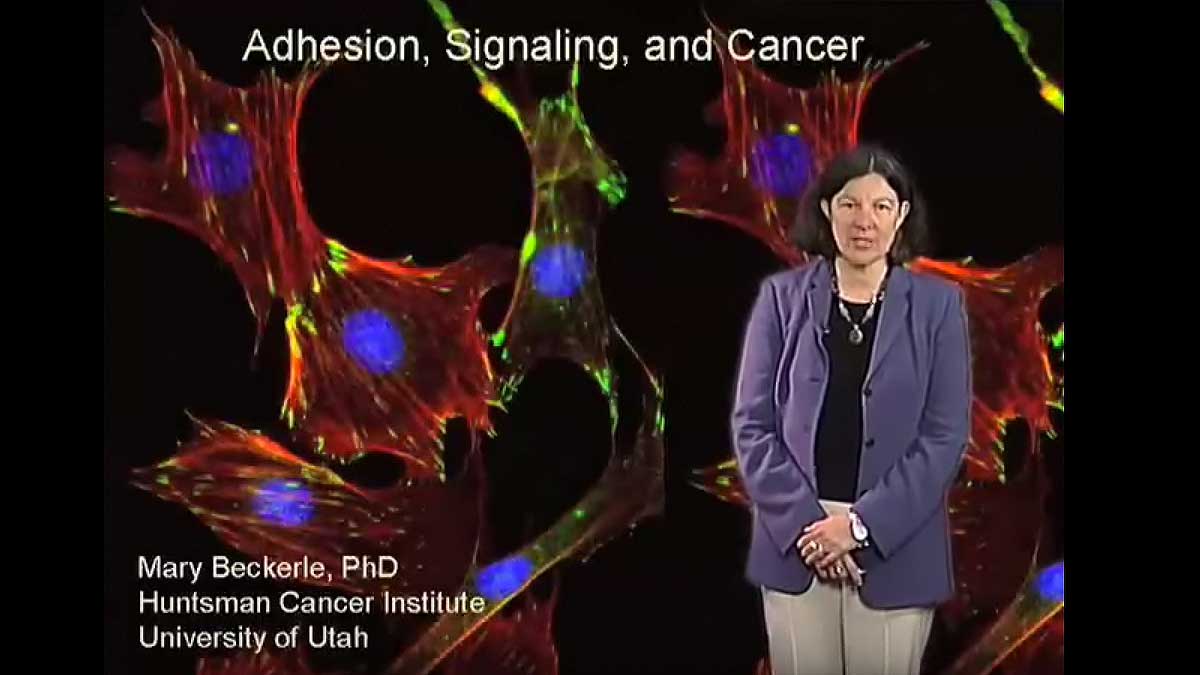
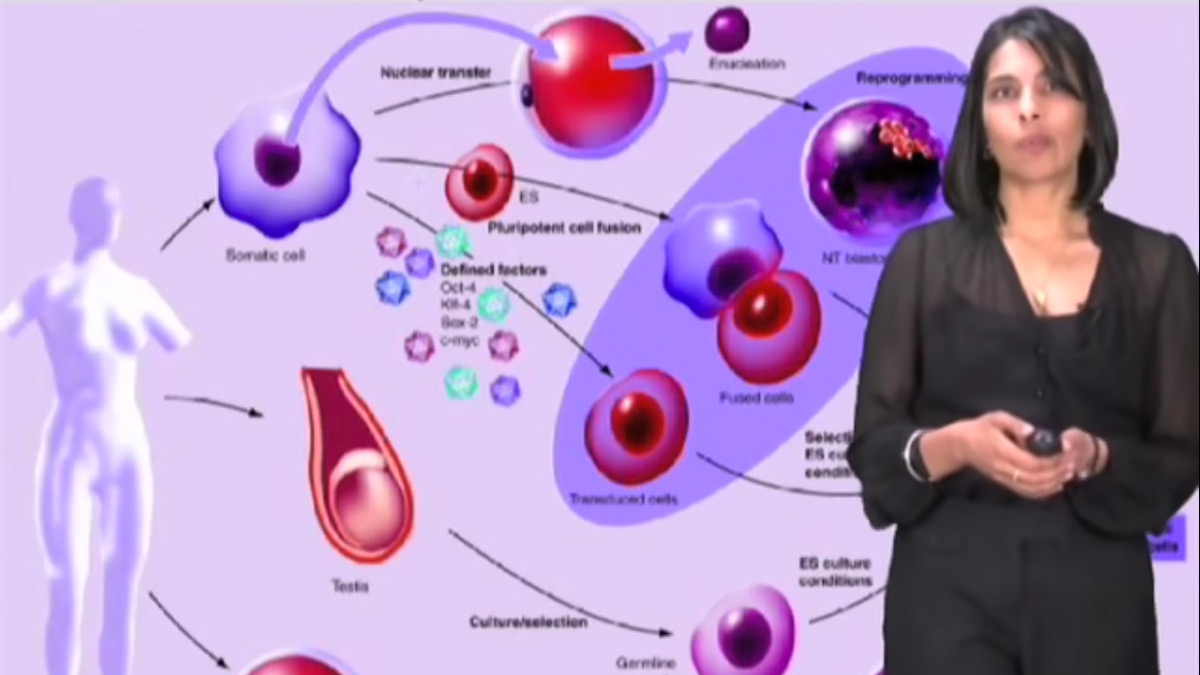
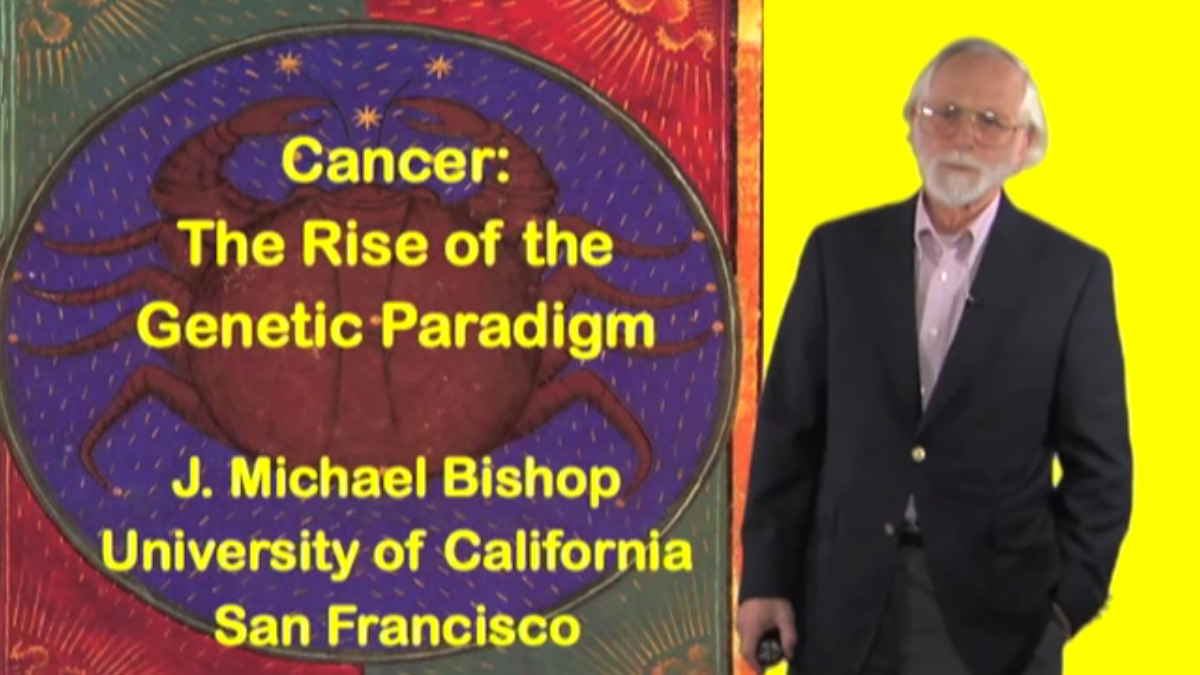
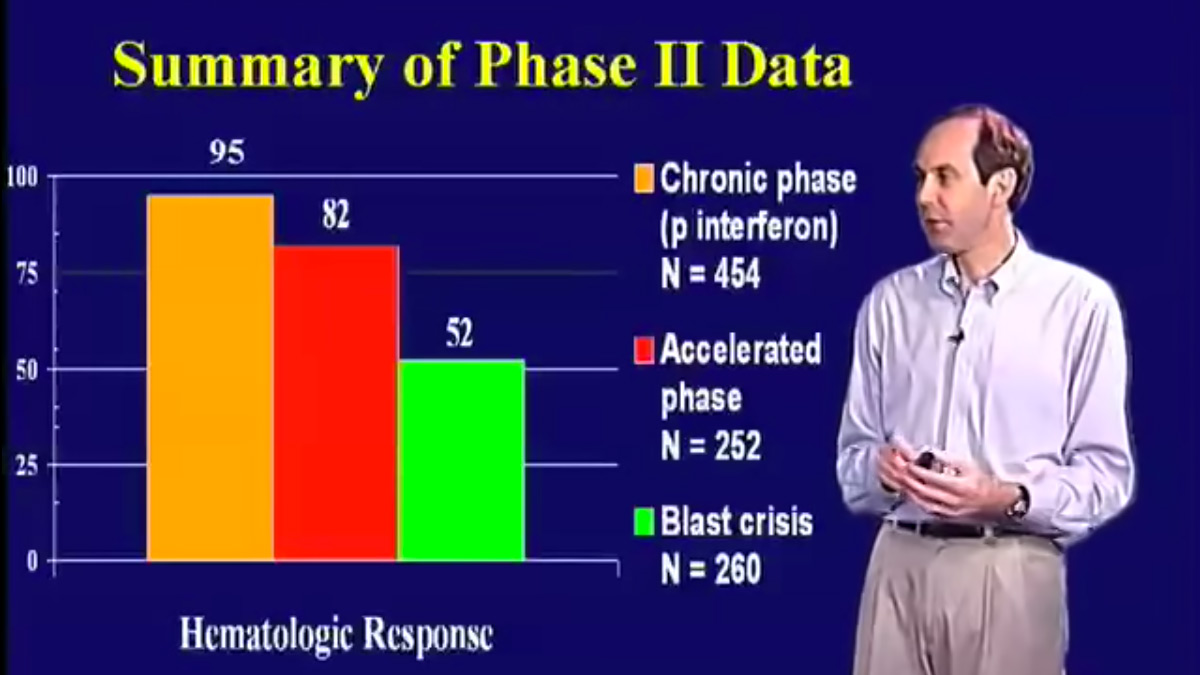





Sharon says
This is very informative but the music playing over the dialogue is really loud and jarring and distracting. It was hard for me to hear what the scientists were saying at times because of the “background” music, which was more like foreground music. If the music track were turned down a bit it would be much better.
Phumlani Lonnie Mkhize says
We do know for a fact that some bacteria can kill viruses. And also we do know the mechanism of how. I am talking about bacteria that add methylation groups in their nucleotide genome and when a virus inserts it in a non-methylated genome, the virus uses restriction enzymes to cut and remove all foreign GENOME. We know this works. By reducing the viral genome into individual nucleotides, the bacterial effectively kills the Virus. All have heard to this point is targeting Viral Proteins as a way to contain the Virus. Inhibiting the behavior of viral proteins i.e. interfere with one of the pathways of viral replication is the standard way. And that is the reason HIV remains uncured. My question is this: Why is the IDEA of target Viral RNA or DNA genome such an elusive concept. It is never discussed. And I have listened to a lot of these lectures and I took classes at Columbia University. One Professor even had the nerve to say “You cannot kill a virus because it is NOT alive”
I guess you get my point. We need a change in paradigm. In undergraduate, graduate and postgraduate we are taught about Enzyme inhibition. That is all. And we get jobs in pharmaceutical companies and we apply our classroom knowledge and we look for Proteins/Enzymes in Pathogens to target because we were taught that is how you fight pathogens.
We have to start creating pharmaceutical products with endonucleases restriction enzymes based on the recognition sites of the VIRAL RNA Genome and the moment the CoronaVirus enters the cytoplasm our drug(encoded with restriction enzyme) bind those recognition site and cut the Coronavirus into pieces of nucleotides. That will be the end of the Coronavirus and thank God it
In we can start by a culture of known bacteria that uses endonucleases and introduce the Coranvirus in the media with bacteria. If the bacteria kills Coronavirus we are two stepS away from the CURE. We just have to adapt or modify that enzyme the bacteria uses for the human body. And last but NOT least the goal IS NEVER TO GET OUR IMMUNE SYSTEM involved in this fight because our immune system is so underdeveloped and backward that it kills everything including the infected cells. We need these cells in the lung to do their job. Killing the host cell in this case is NOT the best route. I always make an example of the Osama Bin Laden raid in Pakistan. The immune system(Pakistan Police and Security) were unaware that the Special Forces had entered the compound looking for a bad guy. After killing the bad guy(CoronaVirus) they left Pakistan without the knowledge of the Pakistan Police. You want the drug to enter Alveoli cells and remove or kill the RNA Genome(Coronavirus) and leave Alveoli cells without the knowledge of the immune system. We need Alveoli cells to exchange oxygen/carbon dioxide. Killing these cells has serious consequences on the body maintaining homeostasis.
Please provide feedback.
Thanks
Phumlani Lonnie Mkhize
Shay says
Greetings Phumlani. Are you still alive and well, and have you made any more progress on this idea? I will admit I’m not very educated on the topic, but your comment made sense to me and it’s a shame no one else is talking about it. I am going to show this to my Biology teacher and see what they have to say on the topic. I may come back and post their opinion to help answer your question. Until then, best of luck to you.
Rajendra says
Thanks for this precise yet highly informative video👍🏽
Candy DeBerry says
I agree that the music is distracting. It is unnecessary.
Overall, this is a good, short introduction which I am planning to use in my Cell Biology class this fall. Due to the pandemic, my lab will be all online and formatted to introduce undergraduates to the process of scientific publication and how to read and present primary literature. The topic will be the cell biology of cells infected with SARS-CoV-2.